JOURNEY OF A PANAMA HAT
Expertly hand-woven from the palm-like grass Carludovica palmata, the Panama hat is the perfect expression of quintessential British summer fashion. The style dates back to 1906 when Edward VII rejected formal morning dress to attend Glorious Goodwood. He chose instead to wear a linen suit topped with a fine Panama hat.
In the late 18th century, José Pavon and Hipolito Ruiz, (both botanists from the Royal Gardens in Madrid), named Carludovica palmata after King Carlos IV of Spain and his wife, Ludovica. This was the only plant named after a woman (in part), of 150 new species presented in Europe at that time.
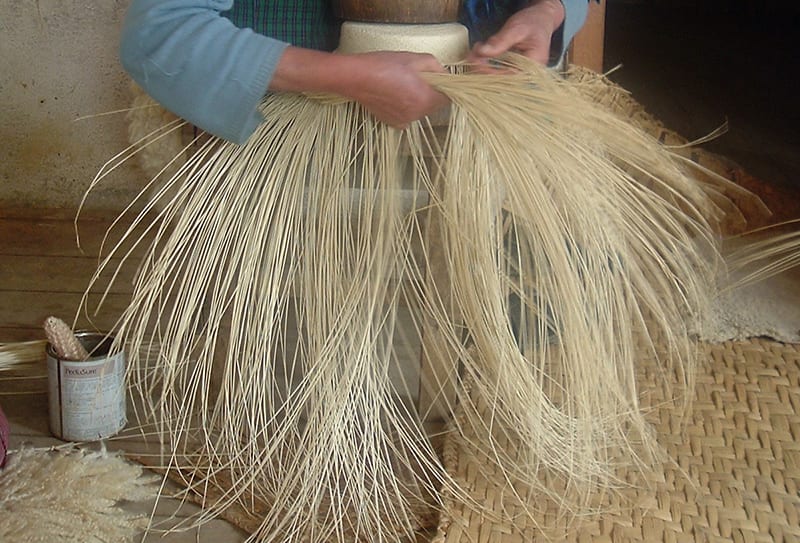
PANAMA HAT PRODUCTION IN MONTECRISTI AND JIPIJAPA
PANAMA HAT PRODUCTION ARRIVES IN THE ANDES
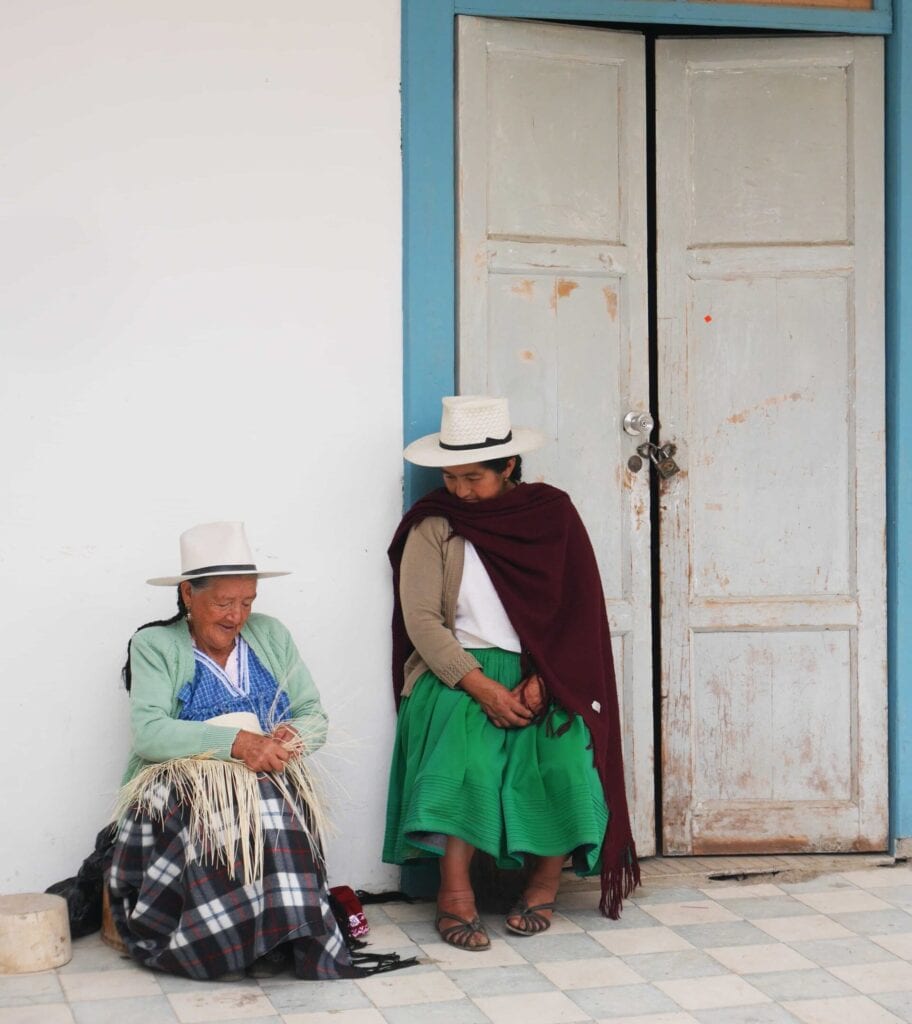
During the mid-1800s, hat exports were shipped first to the Isthmus of Panama – an important centre and staging post for international trade and travel. Hats transported from here arrived in various destinations in the Americas, and beyond to Asia and Europe. As a result, the hats became known as Panama hats, their place of international sale, rather than their place of origin, Ecuador.
Frenchman Philippe Raimond, then living in Panama, exhibited the toquilla hat at the 1855 World Fair in Paris. The catalogue cited a ‘straw cloth’ hat, and it garnered so much attention for its appearance, strength and durability, that he sold out! Thus the hat became internationally known as the Panama hat.
Work started on the Panama Canal in the late 19th century. The conditions were difficult for the workers. It was humid and hot with fierce heat from the sun. Consequently, engineers and workers were provided with hats for protection from the sun. When the workers returned home with their hats, it reinforced the association of the Ecuadorian toquilla hat with Panama.
A LIVING HUMAN TREASURE
Due to the extreme heat of the Yucatán Peninsula, the palm fibres would become rigid above ground. As a result, the town of Bécal has more than 2000 caves which have been dug by the weavers. These caves provide a damp, humid atmosphere in which the fibres become pliable and more easily woven. Production is almost identical to Ecuador, except a conch shell is used to smooth the weave into shape around the wooden block.
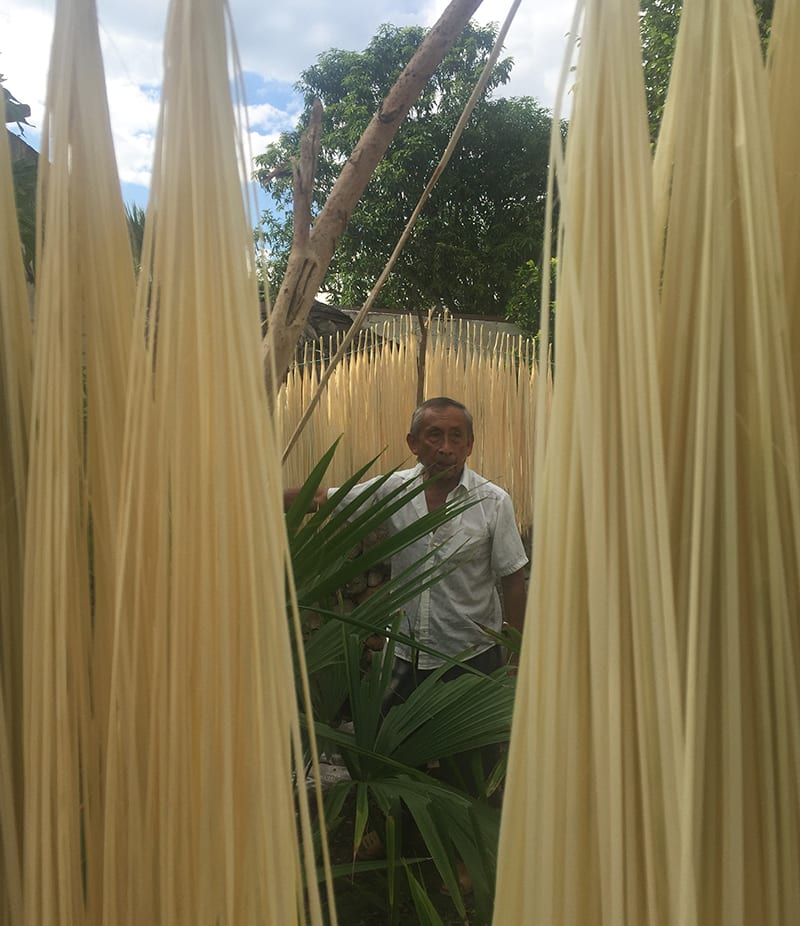
Don Eulogio weaves his fine hats in an underground cave in his garden, out of the heat of the sun. He told us “I don’t make money. It’s the commerciantes who make money“. There were four cooperatives of weavers, but they weren’t successful and have all closed.
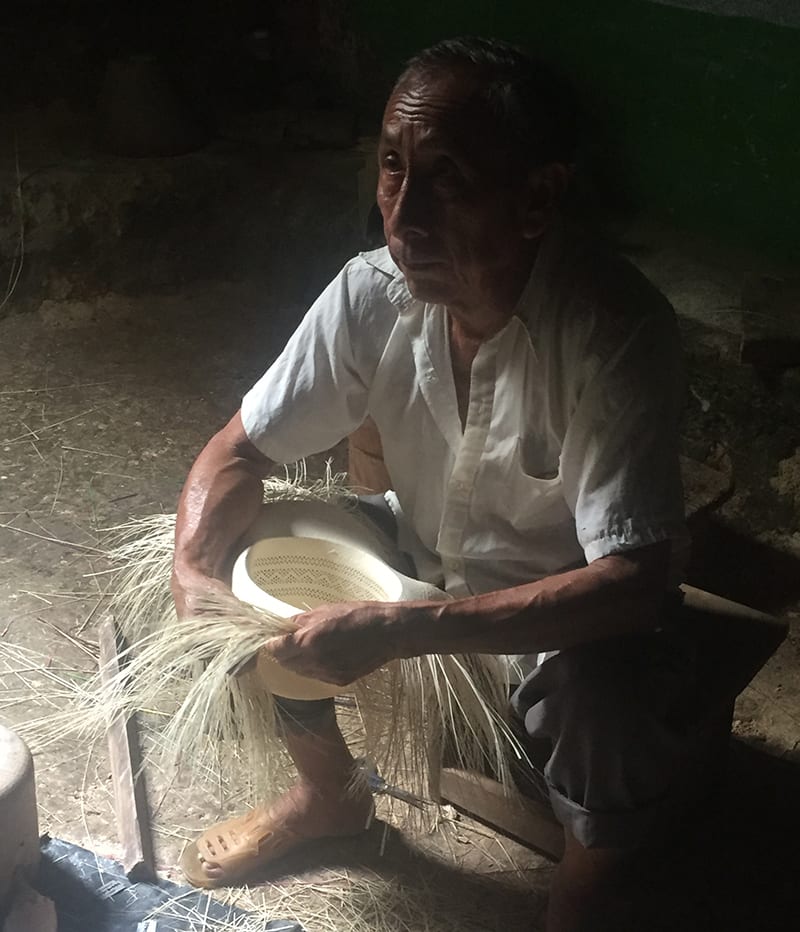
The Golden Age of Hollywood introduced the Panama hat to new generations with many film stars wearing them, both on-screen and off. The Panama hat had a starring role alongside:
- Clarke Gable in Gone with the Wind
- Sydney Greenstreet in Casablanca
- Gregory Peck in To Kill a Mockingbird
- Sean Connery in The Man Who Would Be King
Whilst writers such as Mark Twain, Graham Green and Truman Capote have all sung the praises of Panama hats.
Today, you are just as likely to see someone wearing a Panama hat at a music festival as you are watching cricket at Lord’s or visiting the RHS Chelsea Flower Show. This is partly because of the seal of approval by A-list Panama hat wearers like Will Young, Keira Knightly, Kate Moss and Johnny Depp. But it is also because the world’s favourite sunhat is famous for its timeless style.
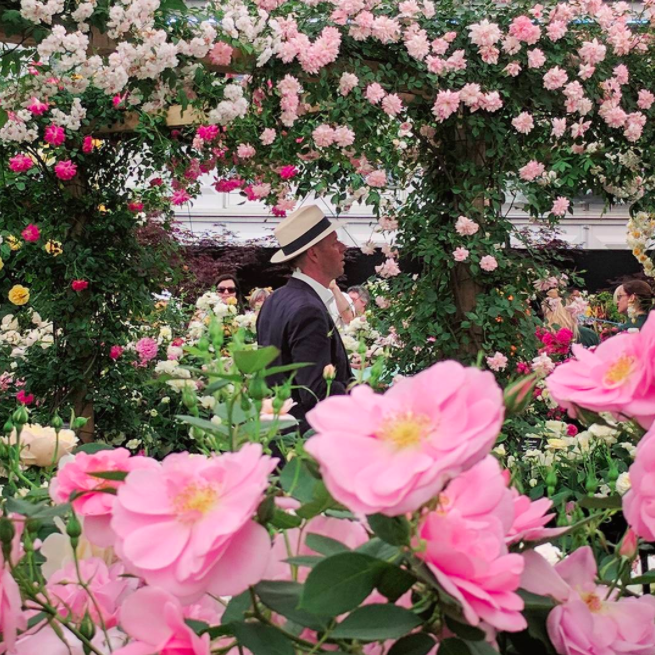
Preserving hat making skills
Pachacuti has been working since 1992 to preserve and encourage traditional hat weaving skills in Ecuador.
We aim to ensure the Panama hat remains a fashion icon for many years to come, by:
- Making sure weavers receive fair pay
- Promoting sustainability
- Training new generations in weaving techniques
In 2012, UNESCO added the art of weaving a Panama hat in Ecuador to their list of Intangible Cultural Heritage. This term signifies the knowledge, traditions and rituals that permeate the everyday life of a community. Generations pass skills down to their descendants, forming an innate part of their identity and culture.
However, despite our best efforts and the UNESCO designation, the continued exploitation of weavers by middlemen means that this timeless skill is under threat. We have heard desperately sad stories of our weavers’ children paying human traffickers (coyotes). They face a dangerous journey through Central America and Mexico, across the border to the US – lured by the American dream. Others are abandoning tradition and rural skills for a new life in the city. Meanwhile, the market floods with cheap imitation Panama hats that are made from paper or other fibres. They don’t have the flexibility and durability, or the centuries of heritage, of a true Panama hat from Ecuador.
Panama hat weaving is more than an art. It is more than a skill. It is a way of life, representing the cultural heritage of entire communities in Ecuador, from the heights of the Sierra to coastal villages. Will the art of weaving sombreros de paja toquilla die out? Or can hat weaving provide a sustainable income for weavers? Thus enabling men and women to remain within their rural communities, keeping families together, passing on their culture and traditions.
We are still waiting for the definitive answer to this question.
